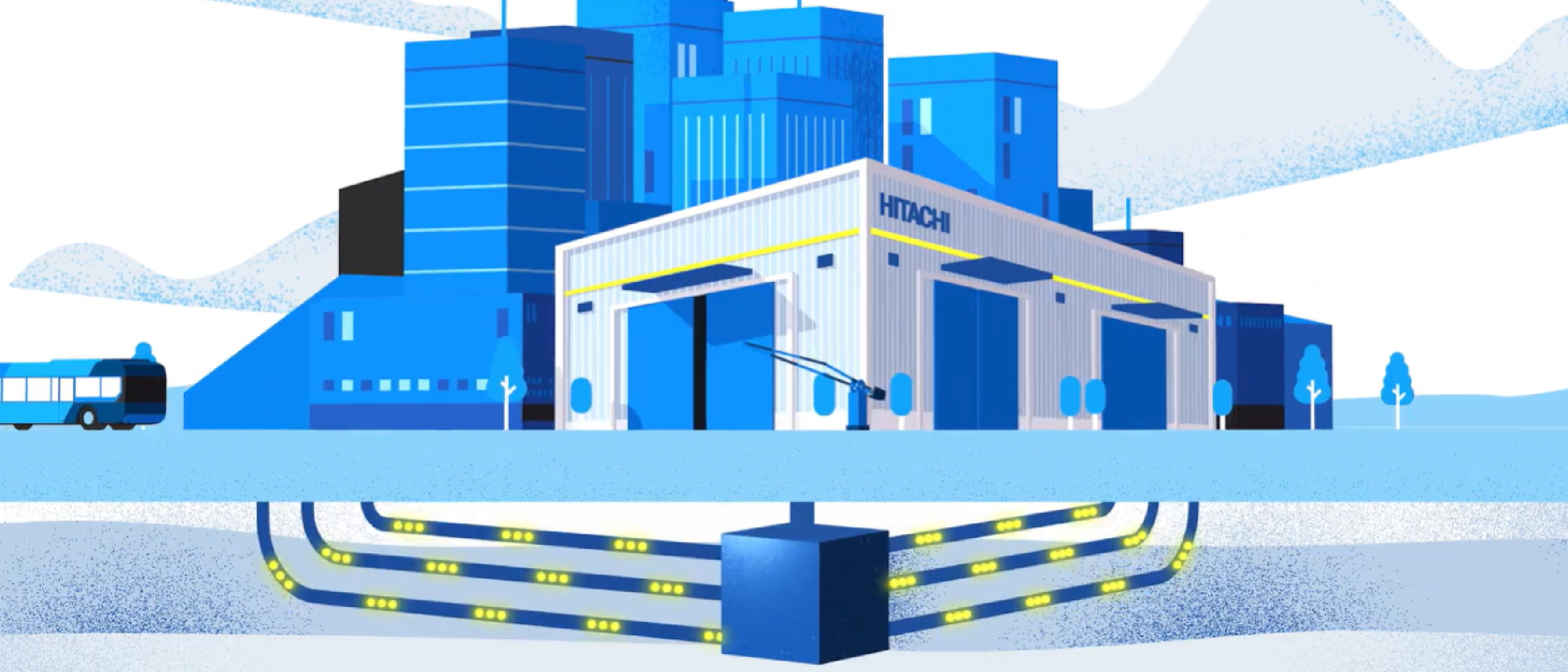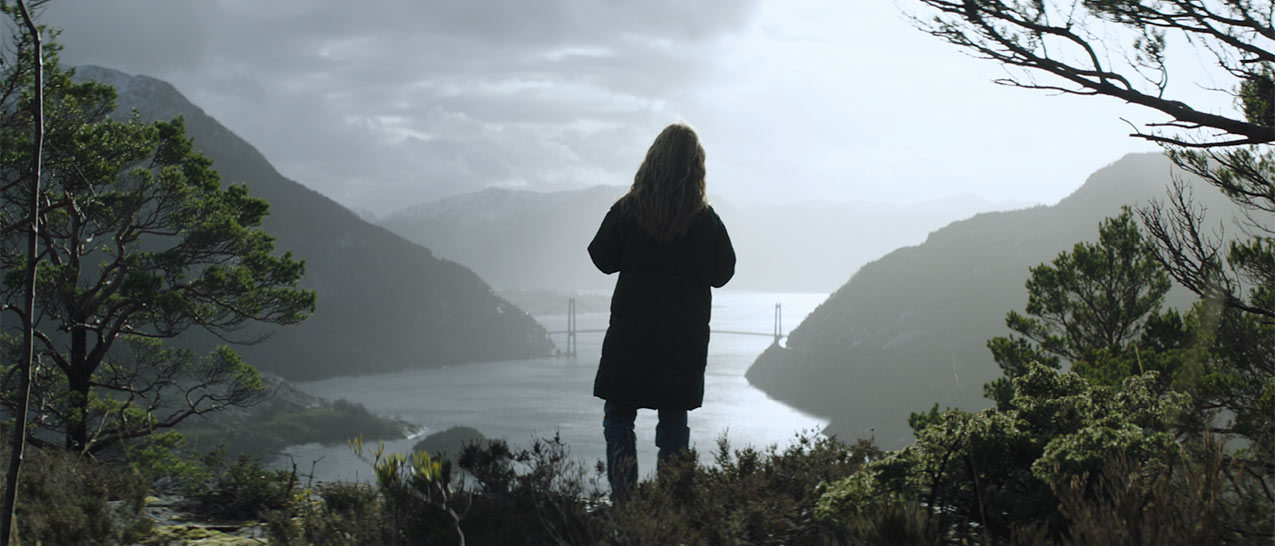

Three steps to a successful green transformation
by Ram Ramachander, Chief Executive, Hitachi ZeroCarbon
How can mobility power the road to net zero emissions? It's a big question but as a social innovation business, it's always been our job to ask the big questions - and then answer them.
Hitachi's mission hasn't changed since 1910, when our founder established the company to "contribute to society through the development of superior, original technology and products". The big questions we need to answer today may be different than the ones Hitachi sought to answer over a century ago, but our objective remains the same - to power good in the world.
In 2022, that means harnessing our expertise and experience to tackle climate change and as Chief Executive of Hitachi ZeroCarbon, my current big question is: How can Hitachi contribute to the decarbonisation of one of the world's most polluting sectors?*
I'm not under any illusions about the scale of the task but if you break it down, the key to the solution lies in three component parts: energy infrastructure, data and mobility platforms. Get this right and we can deliver a successful green transformation.
The breadth of Hitachi's business - from built infrastructure in the energy and rail sectors, to data processing and IoT capabilities - means we can take a holistic approach to tackling society's biggest challenges. By combining Hitachi Energy with mobility operations like Hitachi Rail and Hitachi Astemo and our Hitachi Vantara data storage operations in one single offering, we're well positioned to tackle these challenges at pace.
Part one is energy infrastructure - the world needs to transition from an industrial revolution infrastructure to a green revolution infrastructure that involves putting more renewables on the ground, being able to generate more clean energy and connecting that to an existing grid infrastructure which is not really built for distributed energy generation.
This takes us to part two which is all about managing that variability. The way to do this is through integrating digital capability and putting data at the core of that transition framework. The combination of Hitachi's energy capability and infrastructure capability gives us the opportunity to play a lead role here.
Part three is all about mobility platforms and for us this is about bringing together Hitachi's mobility business around public transportation with signalling operations and the management of the infrastructure around mobility generally.
When we put all of this together, we start to create the added value of optimisation and efficiency on the road to net zero emissions. By aggregating the siloed data from behind the grid all the way to the vehicle itself - from route optimisation, telematics and battery health to driver behaviour, energy infrastructure data and the charging requirement - we can build an aggregated cloud platform which powers a more efficient mobility world that's also zero carbon.
If you want to be a social innovation business in 2022 you need to be a climate change innovation business which is why we signed up as a Principal Partner of COP26. But this commitment takes several forms - from R&D investment exploring different climate change technologies and electrification of transportation, to battery lifecycle management and the future of hydrogen and, indeed, the entire mix of renewable energy. But it also extends to the kind of work I do which is to incubate future solutions which can shape a zero-carbon environment.
A real breakthrough project for us is one we started six years ago with the Isles of Scilly where we were looking to lower carbon emissions on the island and address the issue of energy poverty on the island by reducing energy prices by essentially using more free energy. We established a rental based system for car sharing and a base system for EVs and put in two solar farms, 150 houses with solar panels, storage and electric heating.
We effectively created a mini future ecosystem on the island which was all connected together through data; using AI, we introduced a decision-making system based around the optimum use of free energy either through local generators or by connecting to the mainland grid. By enabling that, we started to bring down the carbon emissions and the price of the energy on the island, while also establishing a community enterprise to ensure that these savings were passed on to the customer.
Armed with this valuable experience, we then put ourselves right at the heart of a project called Optimise Prime, the world's largest commercial electric vehicle trial to date. We're collaborating with Royal Mail, Uber, UK Power Networks, Centrica and Scottish and Southern Electricity Networks in a three-year trial that will inform the UK government on how best to develop its EV infrastructure.
The more we work together with like-minded partners, the more we learn about how data can accelerate the transition to net zero. The knowledge and experience we gained from the Isles of Scilly and Optimise Prime projects is helping to power our digital and infrastructure capabilities to the point where we're currently building a large scale EV-as-a-Service business which can take the entire complexity of the future ecosystem of electrification and deliver it as a service to the customer.
A great example of this in action is our partnership with First Bus in Glasgow to electrify the largest depot in Europe into a zero carbon environment - this comprises everything from the electric bus infrastructure and Battery-as-a-Service to the charging infrastructure and optimisation across the entire operation.
Our collective task now is to commercialise and hyperscale a successful transition to net zero emissions. We've essentially got one opportunity to turn our ambition of a zero carbon world into reality and to do this we need to maintain the momentum we generated at COP26 where business, finance and government came together properly for the first time. We have no time to lose. We are facing many challenges but none bigger than climate change and, for me, mobility must sit right at the heart of our efforts to reach net zero. If we can turbo-charge these efforts with more vision, more collaboration and more innovation, we've got every chance of reaching the destination we so desire.
*According to Statista data, Transportation accounts for over 20% of global emissions









